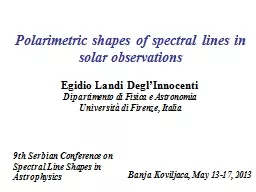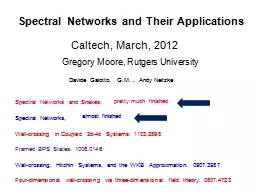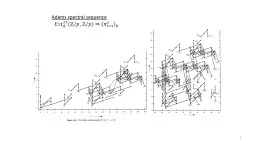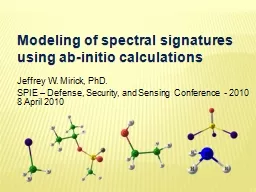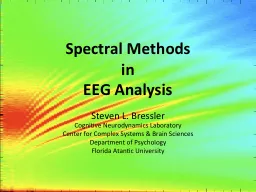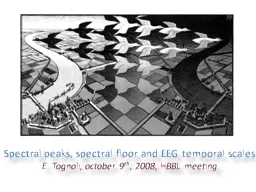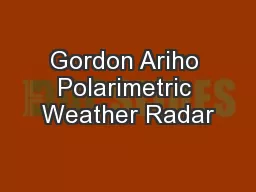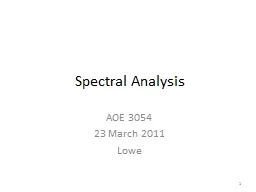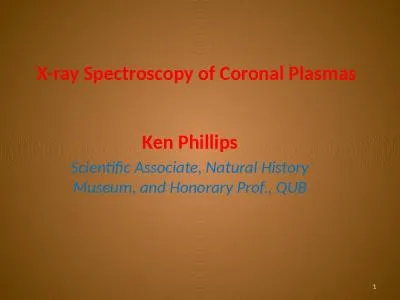PPT-Polarimetric shapes of spectral lines in solar observations
Author : karlyn-bohler | Published Date : 2016-08-01
Egidio Landi DeglInnocenti Dipartimento di Fisica e Astronomia Università di Firenze Italia Banja Koviljaca May 1317 2013 9th Serbian Conference on Spectral Line
Presentation Embed Code
Download Presentation
Download Presentation The PPT/PDF document "Polarimetric shapes of spectral lines in..." is the property of its rightful owner. Permission is granted to download and print the materials on this website for personal, non-commercial use only, and to display it on your personal computer provided you do not modify the materials and that you retain all copyright notices contained in the materials. By downloading content from our website, you accept the terms of this agreement.
Polarimetric shapes of spectral lines in solar observations: Transcript
Download Rules Of Document
"Polarimetric shapes of spectral lines in solar observations"The content belongs to its owner. You may download and print it for personal use, without modification, and keep all copyright notices. By downloading, you agree to these terms.
Related Documents

